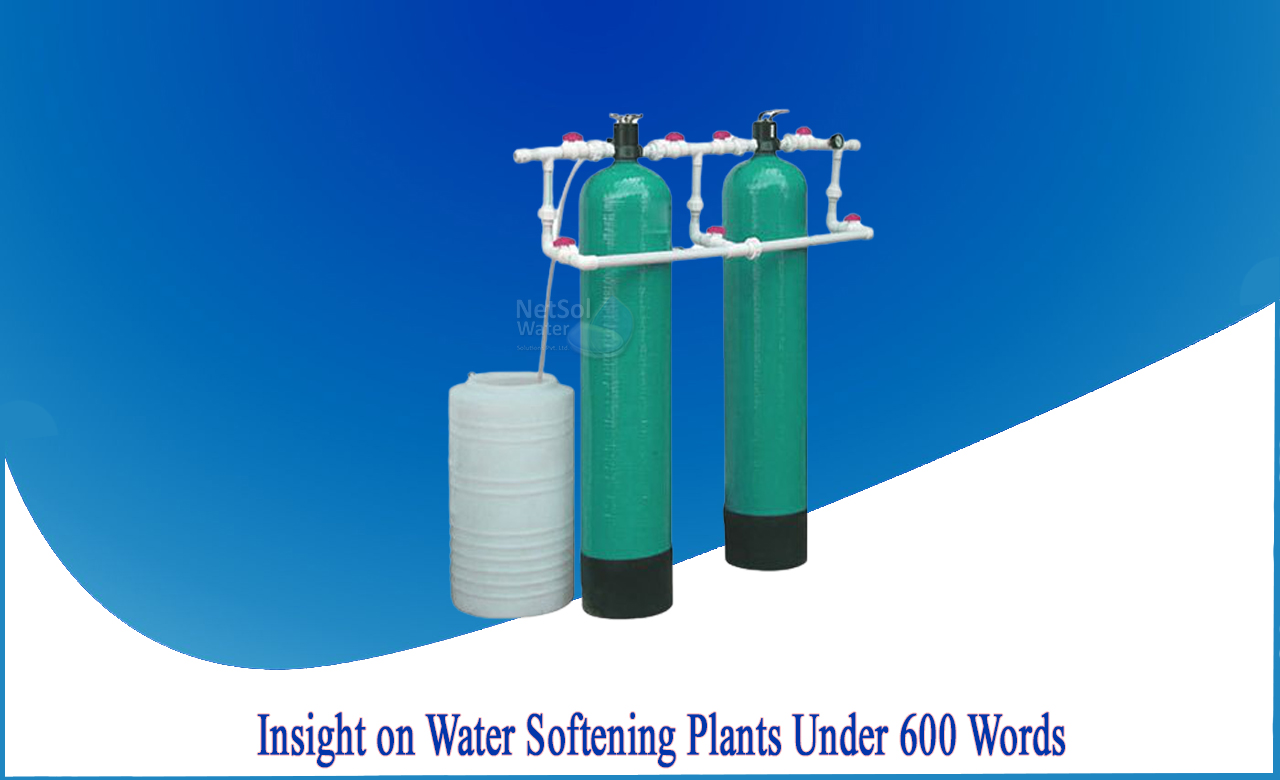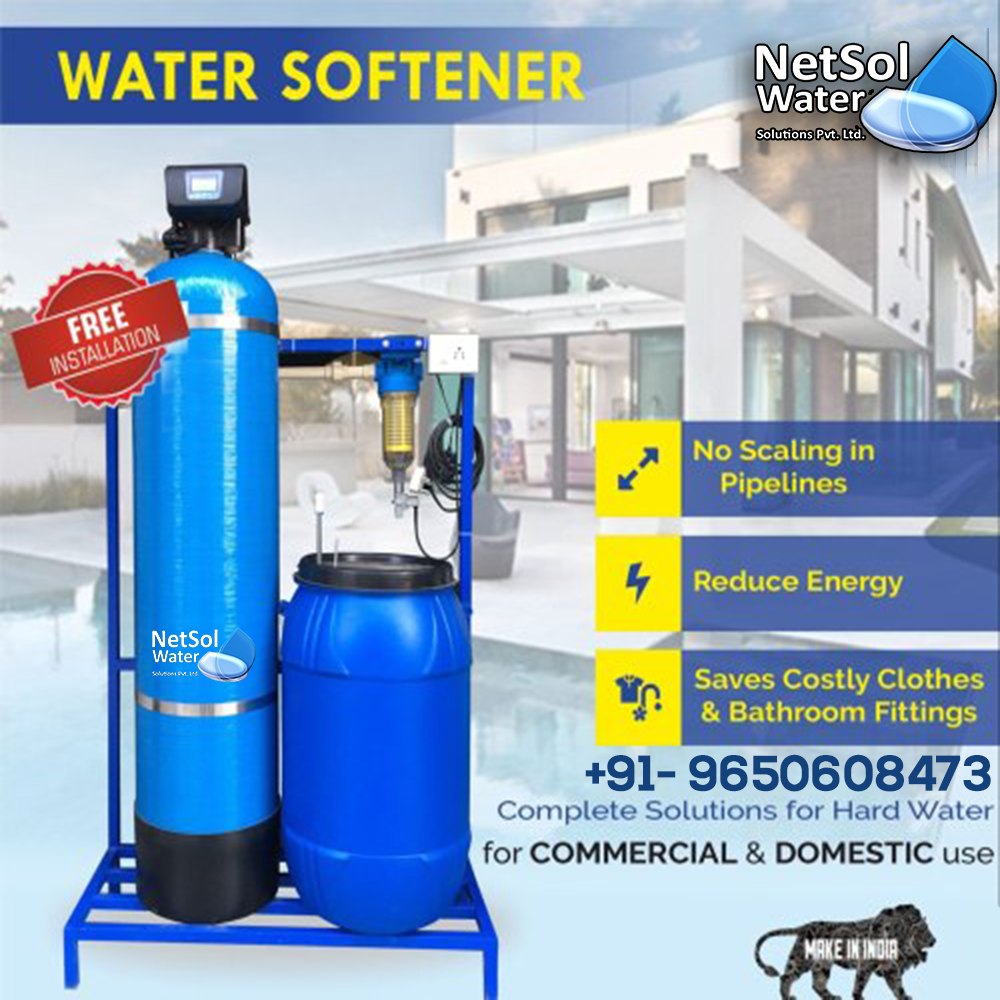Describe Water Softening in 600 words?
A water softener reduces the concentration of dissolved calcium, magnesium, and, to a lesser extent, manganese and ferrous iron ions in hard water.
These "hardness ions" have three major negative effects. Metal ions most visibly react with soaps and calcium-sensitive detergents, impairing lather and forming a precipitate—the well-known "bathtub ring." The presence of "hardness ions" reduces the cleaning ability of detergent formulations. Second, calcium and magnesium carbonates have a tendency to precipitate out as hard deposits on the surfaces of pipes and heat exchangers.
This is primarily caused by the thermal decomposition of bicarbonate ions, but it also occurs to some extent when such ions are not present. The resulting scale buildup can obstruct water flow in pipes.The deposits in boilers act as insulation, impeding the flow of heat into water, lowering heating efficiency and allowing metal boiler components to overheat. This can cause the boiler to fail in a pressurized system.
Third, the presence of ions in an electrolyte, in this case, hard water, can cause galvanic corrosion, which occurs when one metal comes into contact with another type of metal while both are in contact with an electrolyte. However, the sodium (or potassium) ions released during conventional water softening are much more electrolytically active than the Calcium or Magnesium ions that they replace, and water softening would be expected to significantly increase rather than decrease galvanic corrosion. Similarly, if lead plumbing is present, softened water will be significantly more plumbo-solvent than hard water.
Ion-exchange resins
In traditional water-softening devices, "hardness" ions exchange places with sodium ions that are electrostatically bound to the anionic functional groups of the polymeric resin. Ion-exchange properties are also exhibited by zeolites, a class of minerals that was widely used in earlier water softeners. When the source of water is a well, whether municipal or private, water softeners may be desirable.
This is how it works!
The water to be treated is passed through a resin bed. Negatively charged resins absorb and bind positively charged metal ions. In the beginning, the resins contain univalent hydrogen, sodium, or potassium ions, which exchange with divalent calcium and magnesium ions in water. The hardness ions replace the hydrogen, sodium, or potassium ions that are released into the water as the water passes through the resin column. The more hydrogen, sodium, or potassium ions are released from the resin and into the water, the "harder" the water. Resins are also available to remove absorbed carbonate, bicarbonate, and sulphate ions, as well as hydroxyl ions. Both types of resin can be used in the same water softener.
PLANTS FOR WATER SOFTENING - LIME SOFTENING
The Lime Softening Process employs the addition of lime (calcium hydroxide) to precipitate hardness (calcium and magnesium) ions. Softening is accomplished by adding lime in the form of Ca.(OH)2, which first reacts with CO2 to form calcium carbonate precipitate, then reacts with multivalent cations to remove carbonate hardness, and finally reacts with anions to replace the non-carbonate hardness due to multivalent cations with calcium hardness. The lime softening process can generatea large amount of sludge and therefore should not be used.
APPLICATIONS OF WATER SOFTENERS
· Water Softening Plants for Boiler Feed Water
· Water Softening Systems for Making Cooling Water
· Food and Beverage Water Softening Plants
· Hotel and restaurant water softening plants
· Air conditioning plant water softeners
· Laundry Water Softeners




